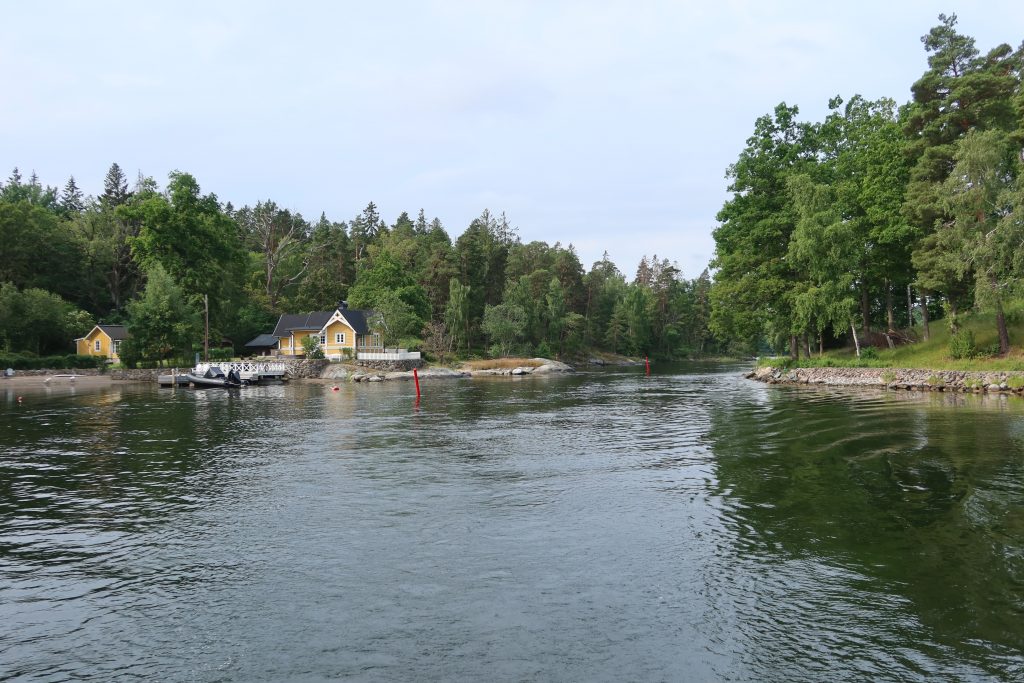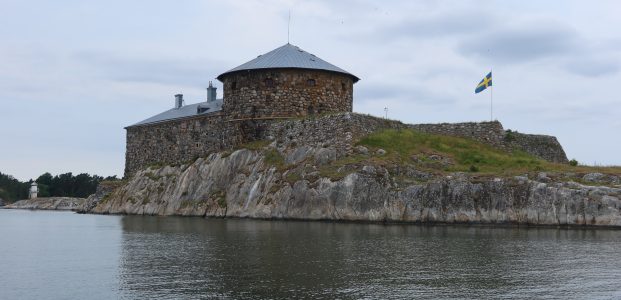Forecasting is these days a highly sophisticated scientific process. The trigger for this development arguably came from one event and one man. The event was the Royal Charter Gale in October 1859. This was considered the most severe storm to hit the Irish Sea in the 19th century; 133 ships and 800 lives were lost with a further 90 damaged. The man was Vice Admiral Robert Fitzroy. Fitzroy had long believed that weather systems followed patterns and spent much of his career observing these patterns trying to work out ways to predict ahead. He was perhaps most famous as the Captain of HMS Beagle who took Charles Darwin around the world. Much of the time on this voyage was spent charting Tierra Del Fuego and Patagonia – work which probably saved the lives of countless sailors. However, it was his development of weather forecasting that perhaps had the most lasting impact; work which was recognised when in February 2002 the sea area ‘Finisterre’ was renamed ‘FitzRoy’.
Fitzroy led a fledgling Meteorological Office run by just three people. Each day, via the new telegraph system, they collected data from locations around the country. The data included pressure, temperature, wind direction and force, cloud amount, weather conditions (e.g. rain, thunder, fog and sea disturbance) and they collated these into daily weather reports. Following the Royal Charter Gale Fitzroy developed this into a national Storm Warning Service in 1861 using a system of signals hoisted around the coast in strategic locations.
So why am I going on about forecasts? Well, the proliferation of forecasts is a wonderful thing. I now have four different apps on the phone and each day can choose the forecast I like the most! Unfortunately today, all the forecasts were saying similar things and forecasting a period of windy weather around Landsort in a few days time, so we decided to head rapidly south to get past Landsort before it came in. That meant an early start at 7am and heading back past Vaxholm and then through the Baggensstäket, past Saltsjöbaden, Dalarö and on to Nynashamn – a total of 51 miles. It was a pleasant enough trip though ironically, given that we are trying to get ahead of some weather, we had to motor most of the way because of a lack of wind.


